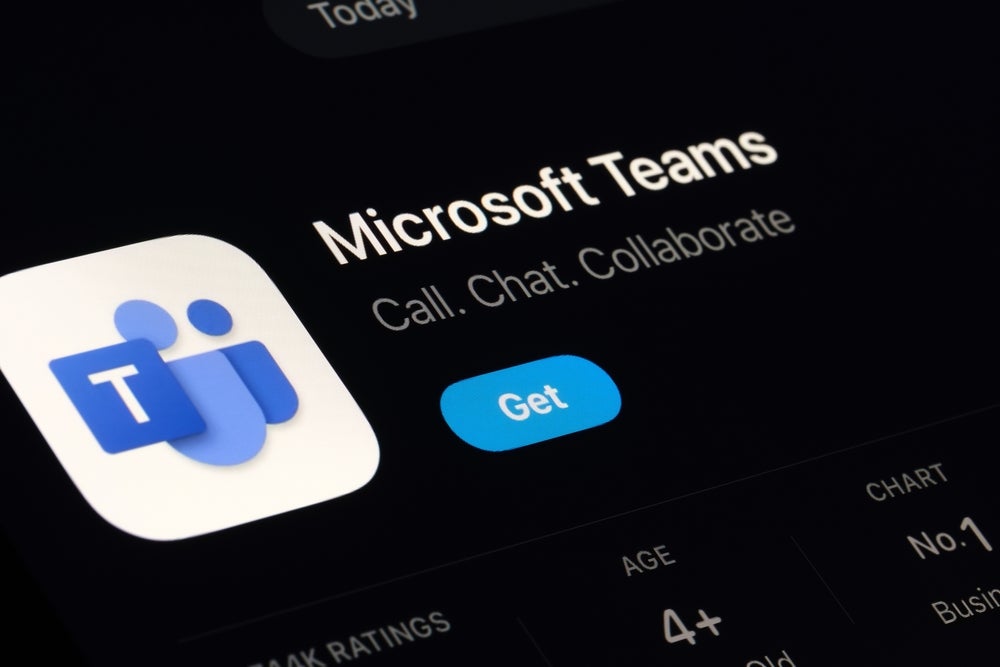BMC Software has filed a patent for a computer-implemented method that identifies a buffer pool for page fixing in a database subsystem. The method involves collecting data from buffer pools, monitoring real storage availability, calculating an I/O intensity score, ranking the buffer pools based on the score, calculating a cumulative score across multiple intervals, and selecting a buffer pool candidate based on the cumulative score and storage availability. GlobalData’s report on BMC Software gives a 360-degree view of the company including its patenting strategy. Buy the report here.

Access deeper industry intelligence
Experience unmatched clarity with a single platform that combines unique data, AI, and human expertise.
According to GlobalData’s company profile on BMC Software, Hybrid cloud management was a key innovation area identified from patents. BMC Software's grant share as of September 2023 was 82%. Grant share is based on the ratio of number of grants to total number of patents.
Method for identifying buffer pool for page fixing
A recently filed patent (Publication Number: US20230315697A1) describes a computer-implemented method for identifying a buffer pool for page fixing. The method involves collecting data from multiple buffer pools on a periodic interval and monitoring the real storage availability in a logical partition (LPAR). An input/output (I/O) intensity score is calculated for each buffer pool, and the buffer pools are ranked based on this score. A cumulative I/O intensity score is then calculated for each buffer pool across multiple periodic intervals, and the buffer pools are ranked again based on this cumulative score. The highest-ranked buffer pool that satisfies the real storage availability on the LPAR is selected as the buffer pool candidate for page fixing.
The method also includes the option to page fix the selected buffer pool candidate. Additionally, the cumulative I/O intensity score calculation takes into account the number of times a buffer pool was ranked in multiple different top rankings based on the I/O intensity score. The patent further describes monitoring the availability of frame sizes on the LPAR and selecting an optimal frame size for page fixing the buffer pool candidate.
The patent also covers the scenario where user-configurable thresholds for LPAR parameters are received. In this case, default thresholds for the LPAR parameters are calculated when user-configurable thresholds are not provided. The buffer pool candidate for page fixing is determined based on the highest-ranked buffer pool that satisfies the real storage availability on the LPAR, the user-configurable thresholds, and the default thresholds for the LPAR parameters.
The method includes the ability to receive queries for analysis of specific buffer pools or for ranking the top candidates for page fixing from a specific database subsystem. In response to these queries, the system outputs the ranking and I/O intensity score for the specific buffer pool or the ranking of the top candidates for page fixing from the specified database subsystem.
Overall, this patent describes a computer-implemented method, computer program product, and system for efficiently identifying a buffer pool for page fixing based on I/O intensity scores and real storage availability. The method provides flexibility by allowing user-configurable thresholds and offers the ability to analyze specific buffer pools or rank top candidates for page fixing.
To know more about GlobalData’s detailed insights on BMC Software, buy the report here.
Data Insights
From

The gold standard of business intelligence.
Blending expert knowledge with cutting-edge technology, GlobalData’s unrivalled proprietary data will enable you to decode what’s happening in your market. You can make better informed decisions and gain a future-proof advantage over your competitors.







